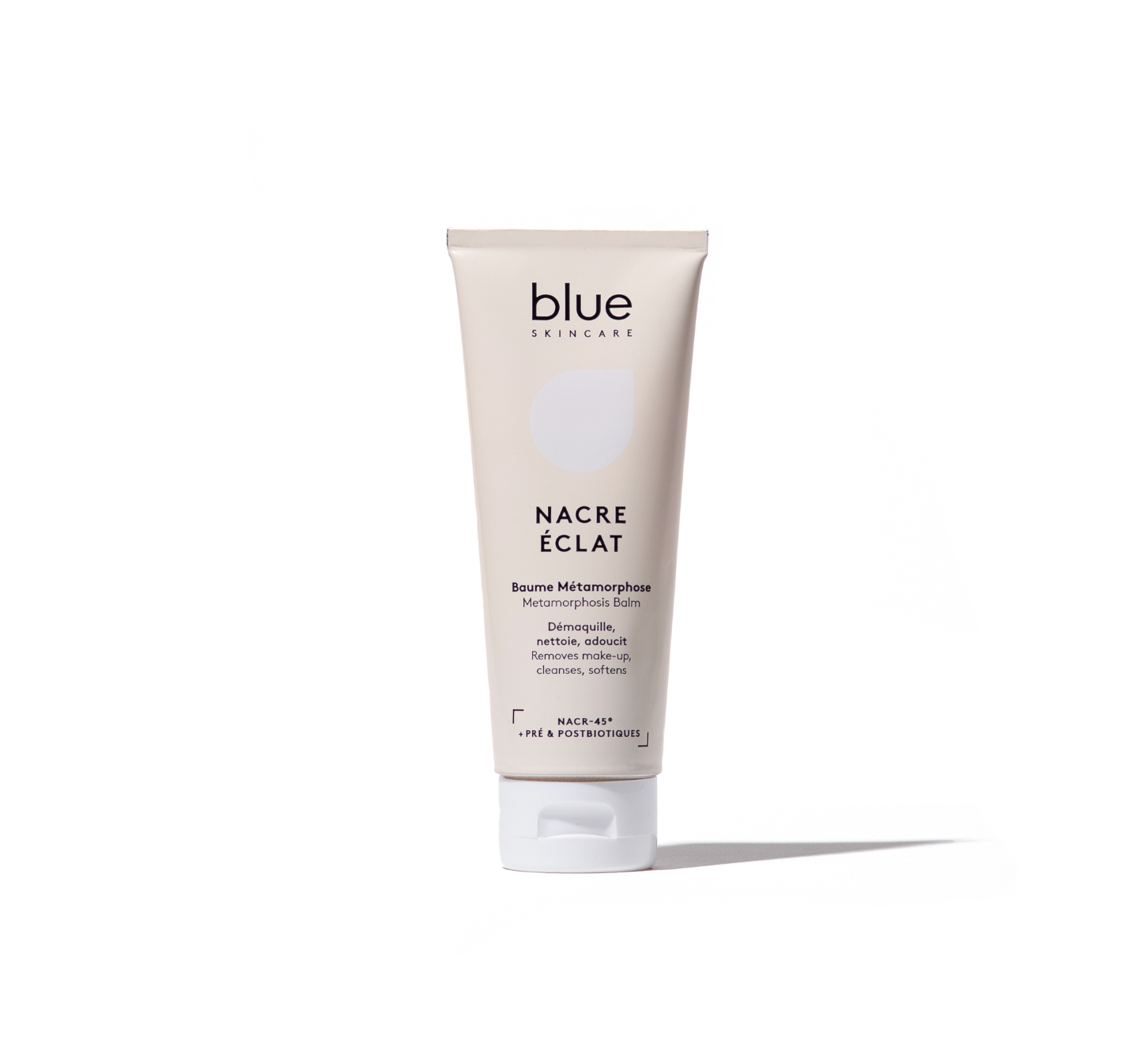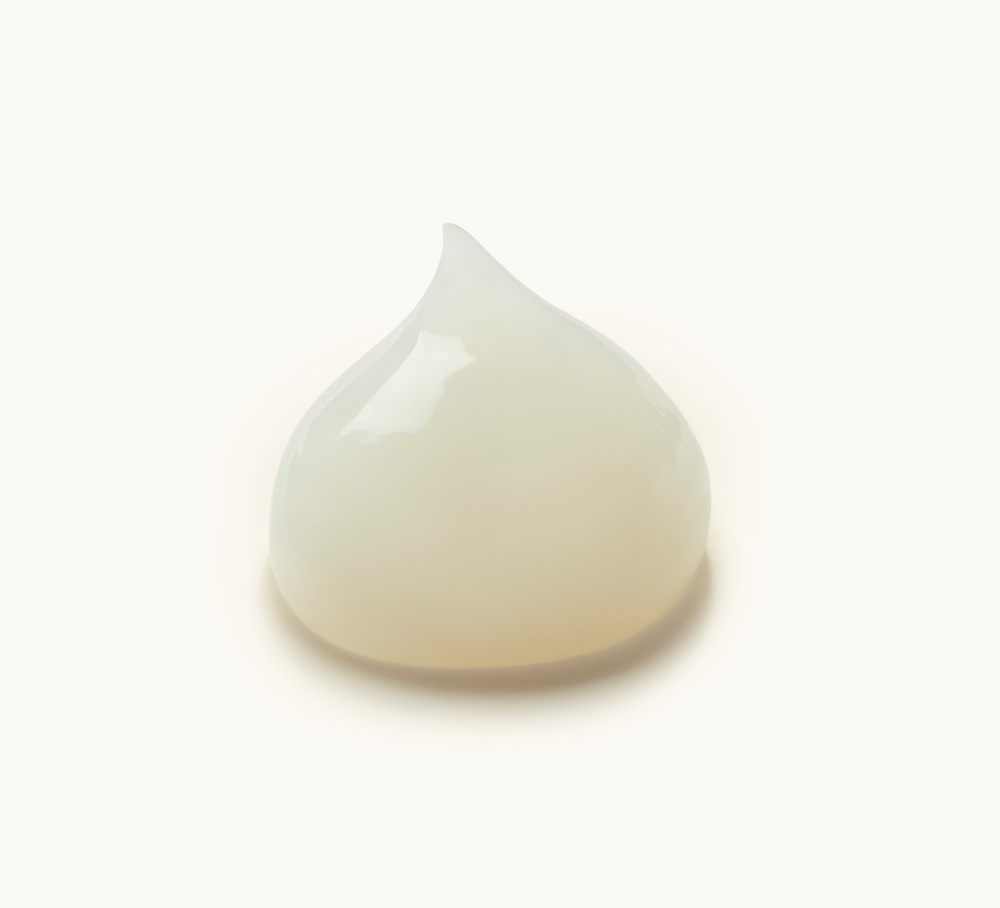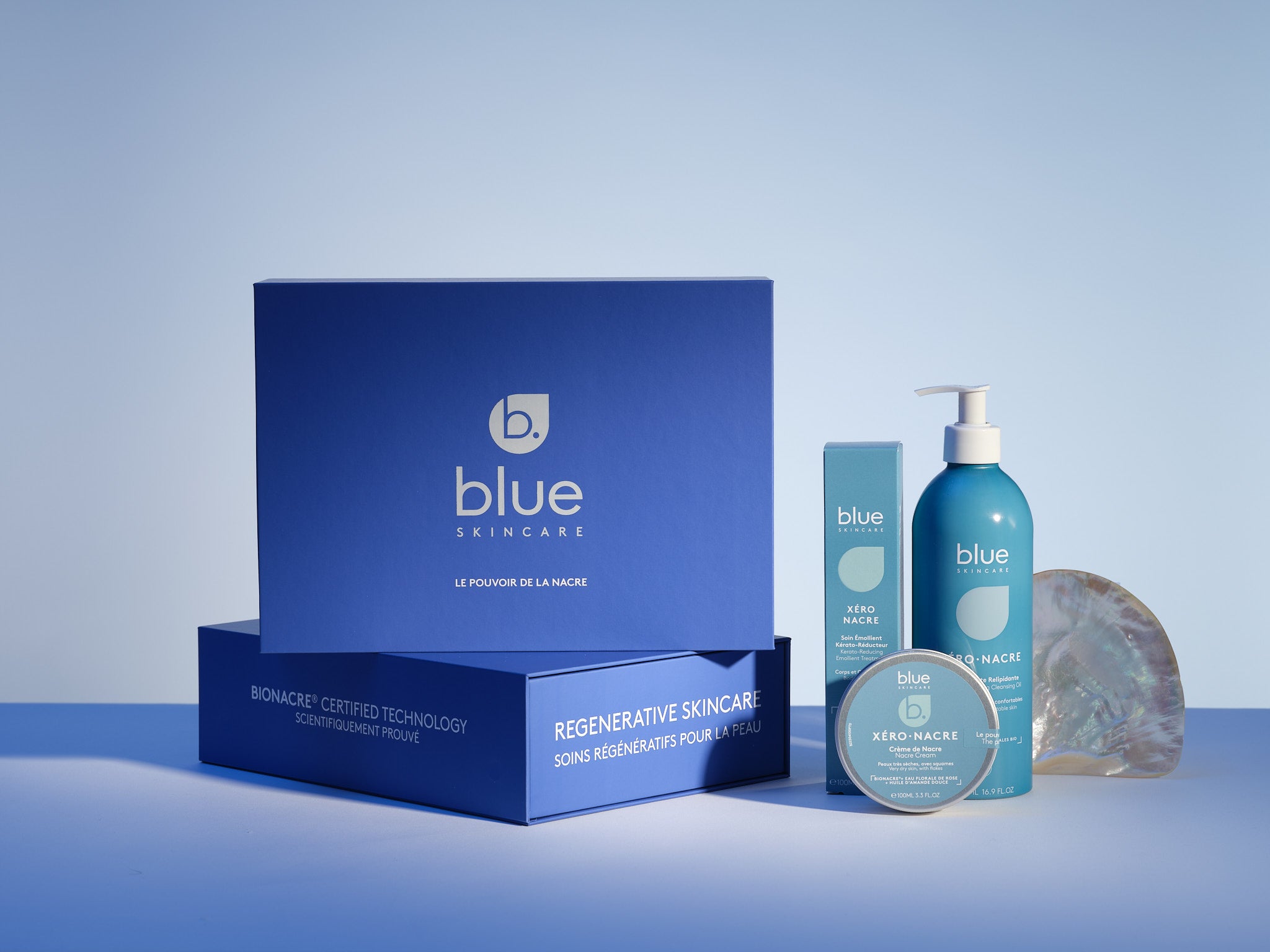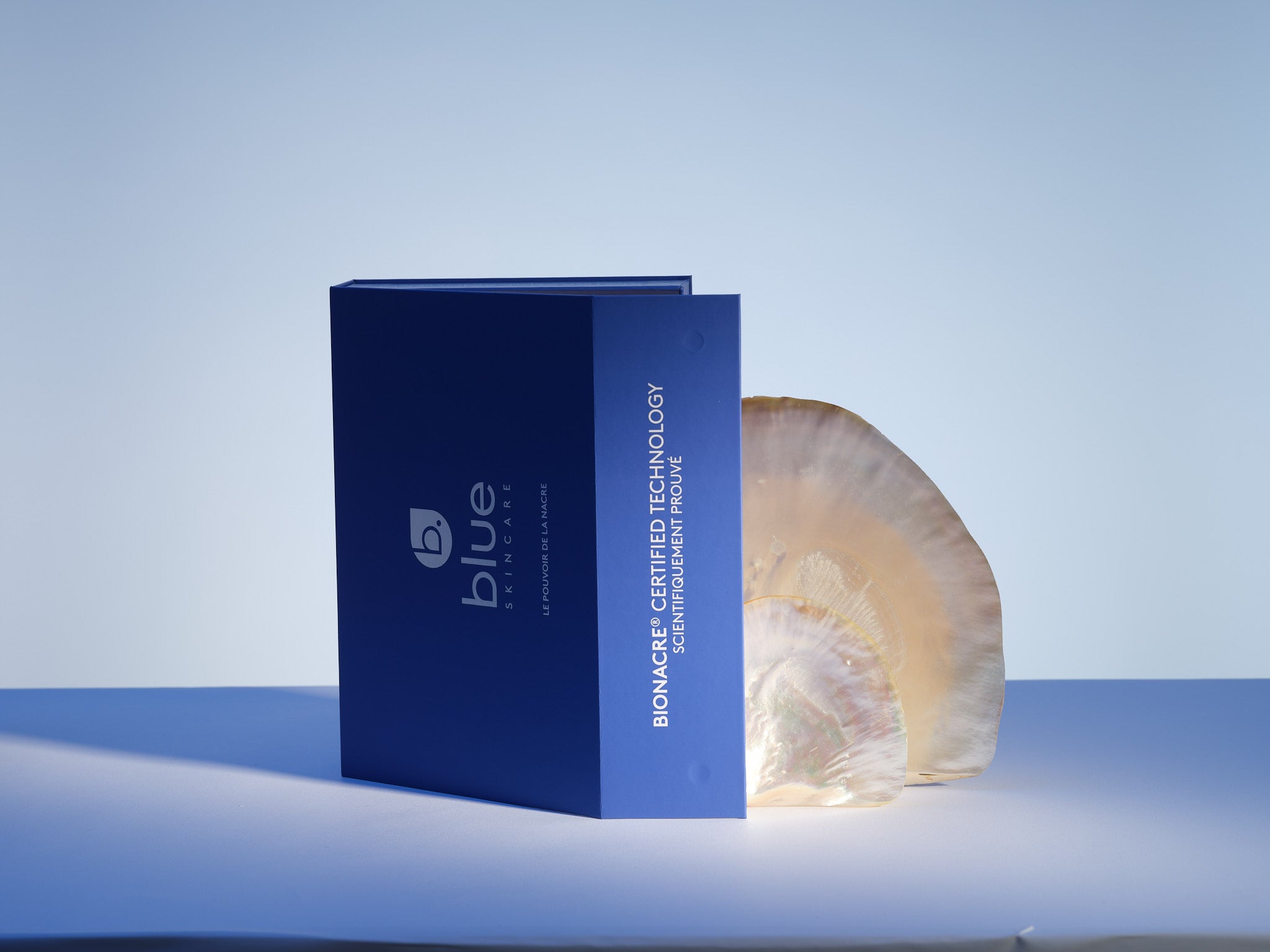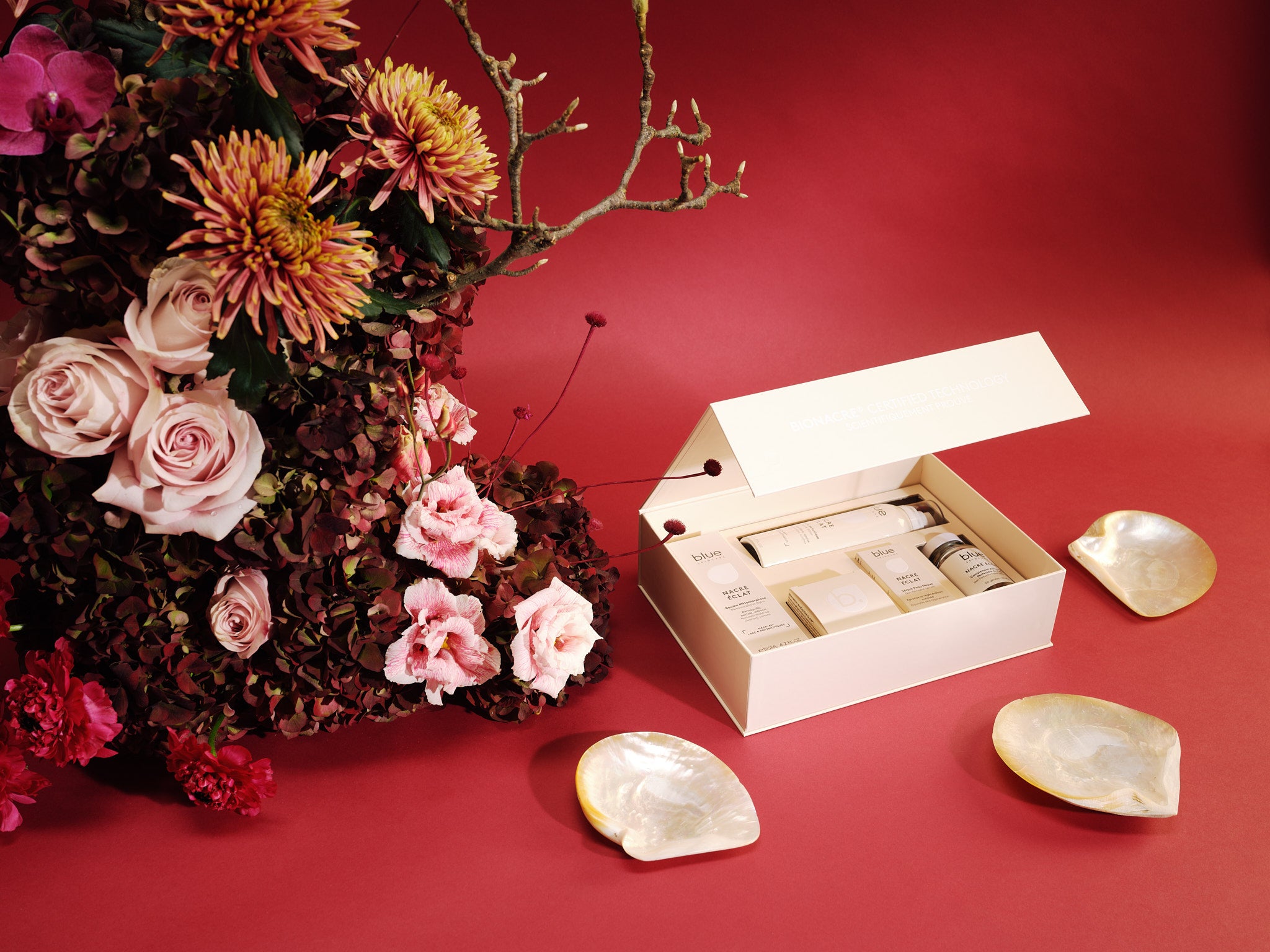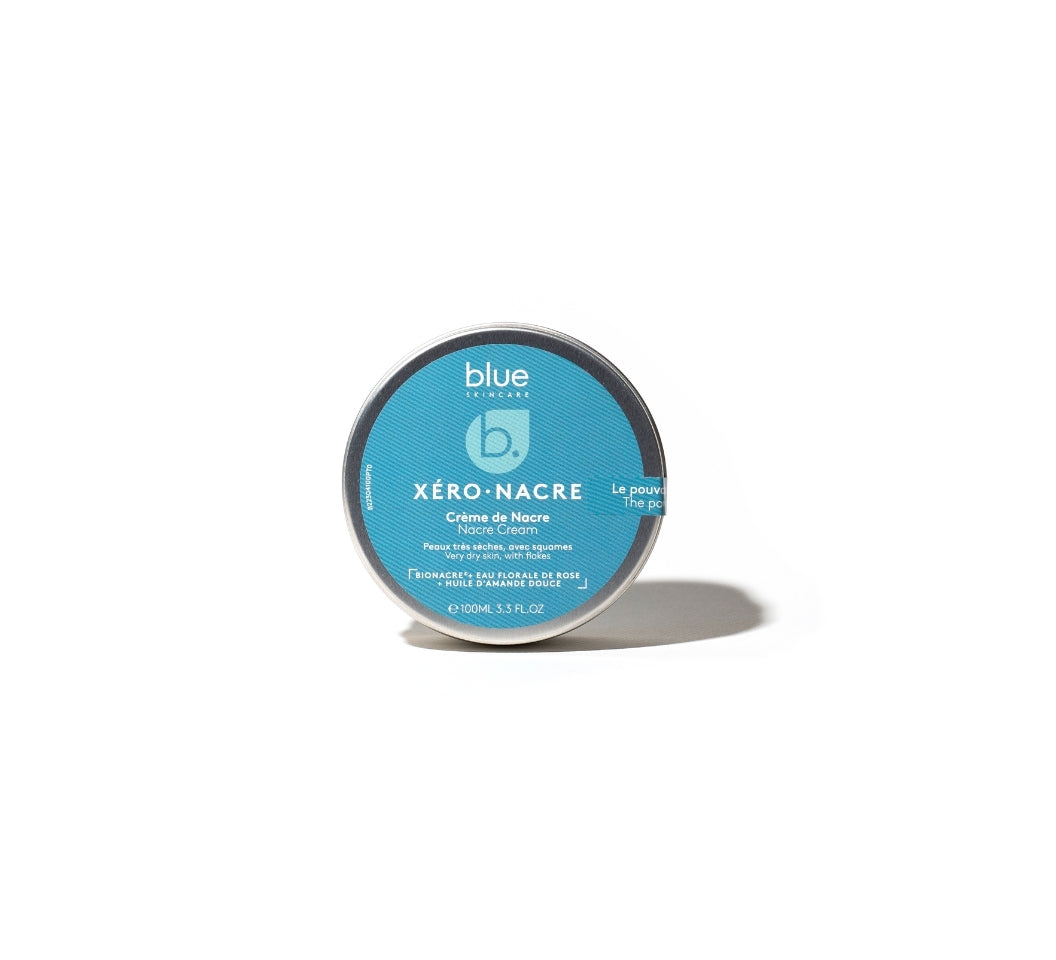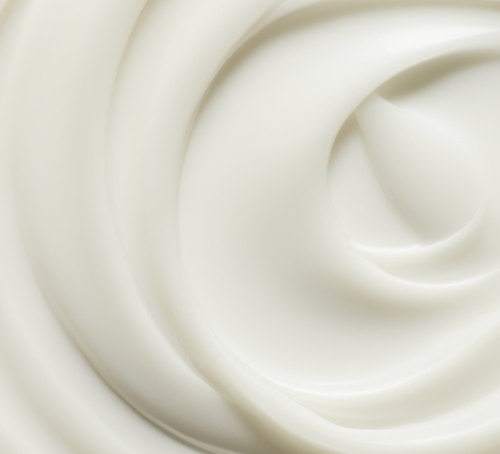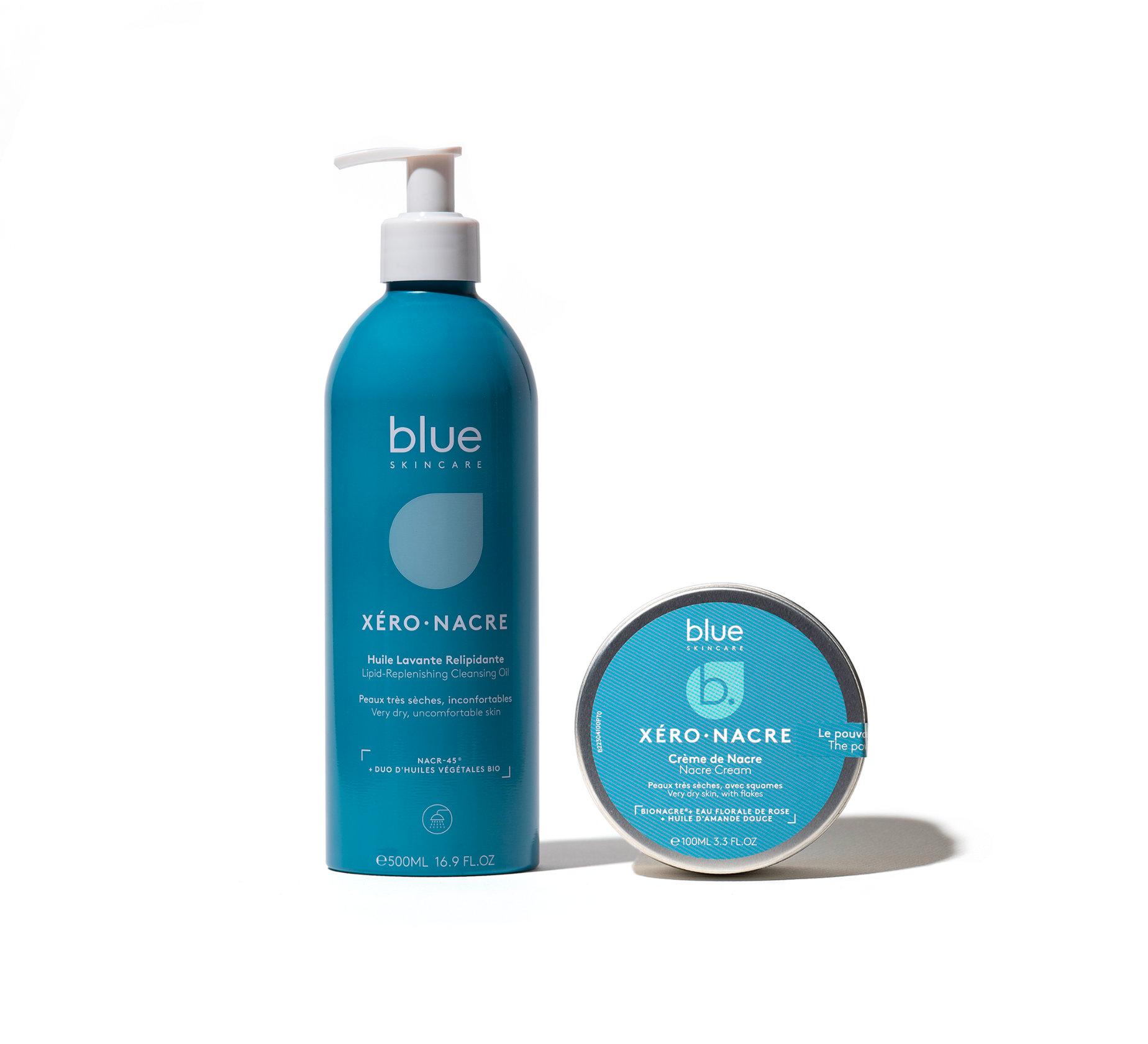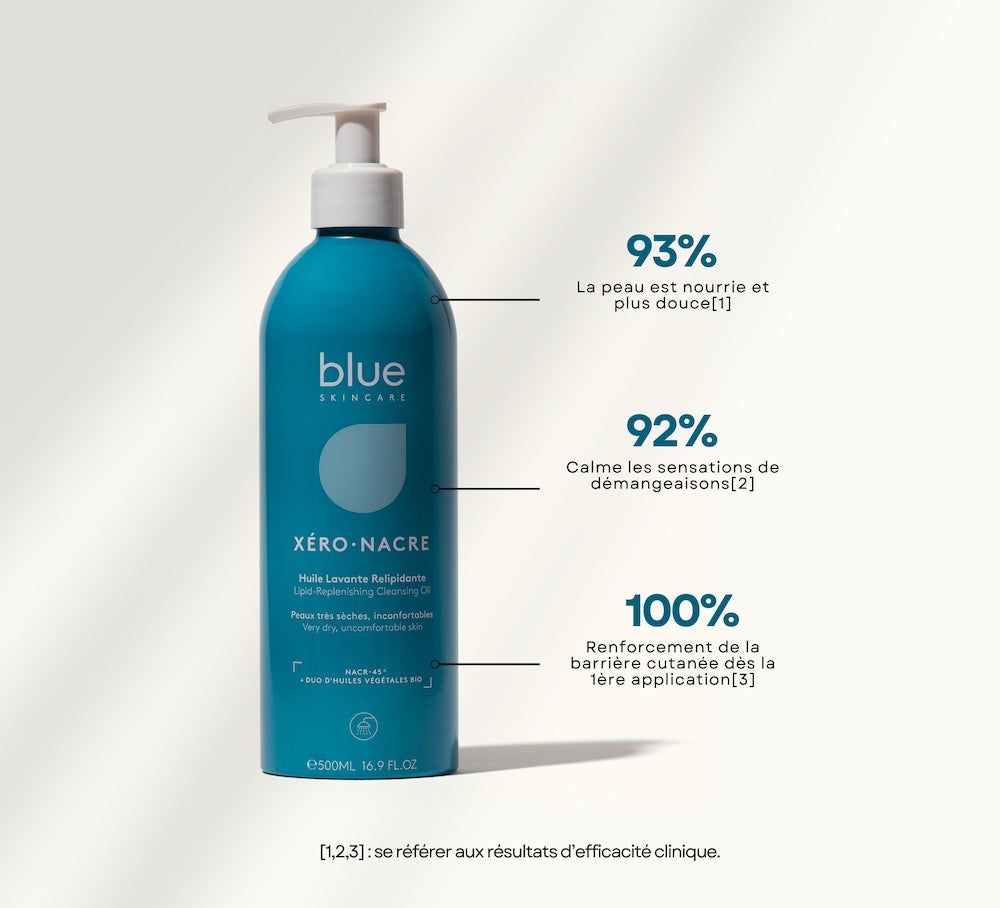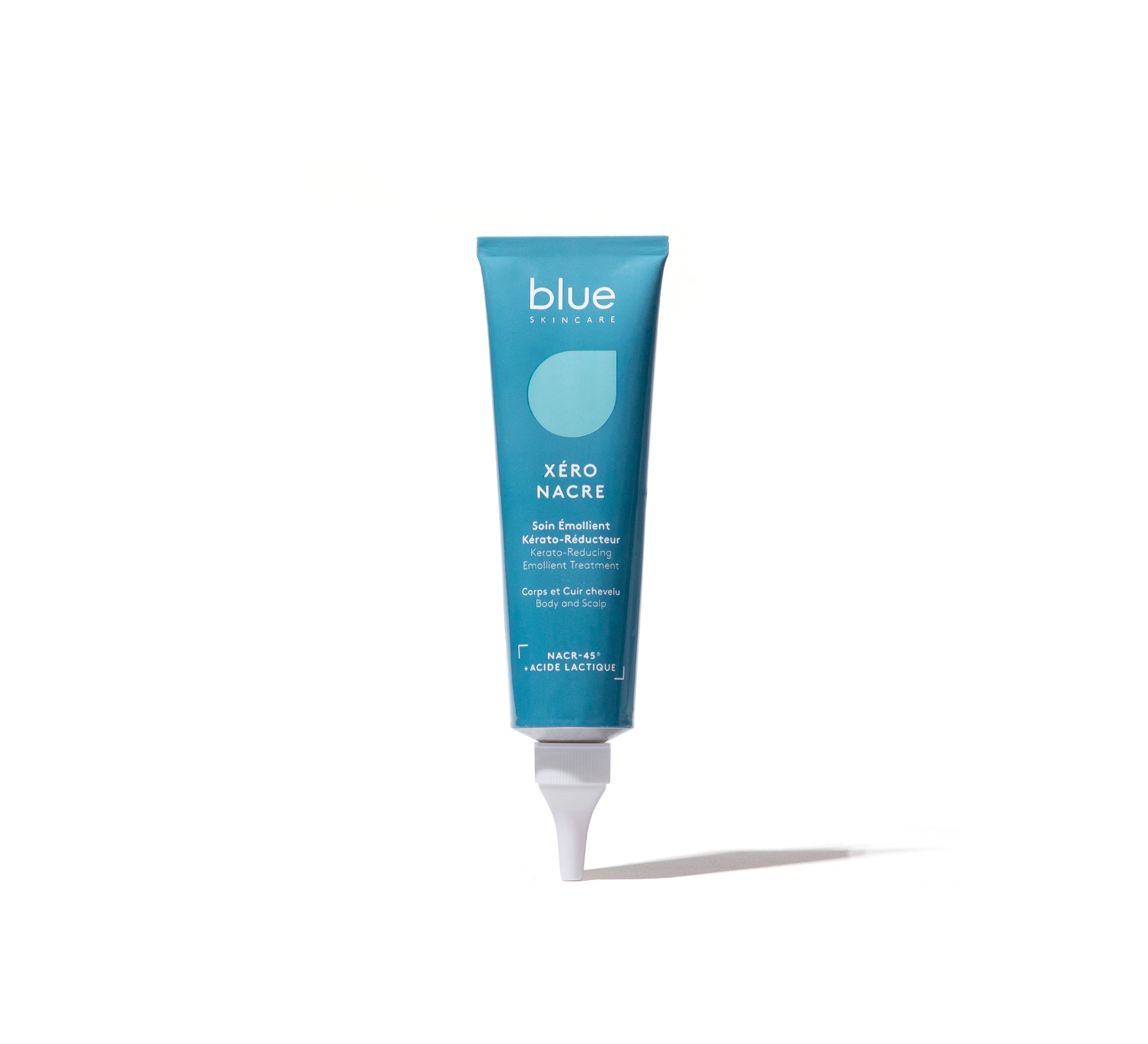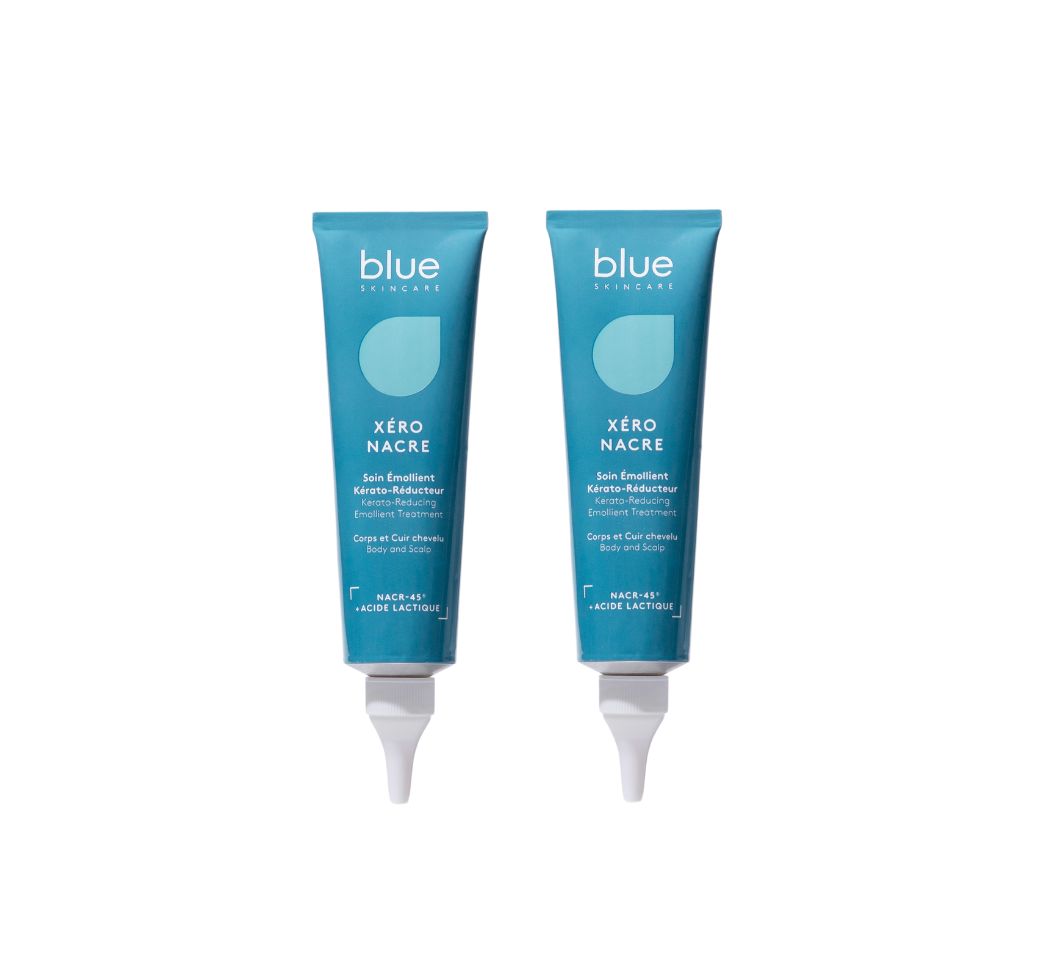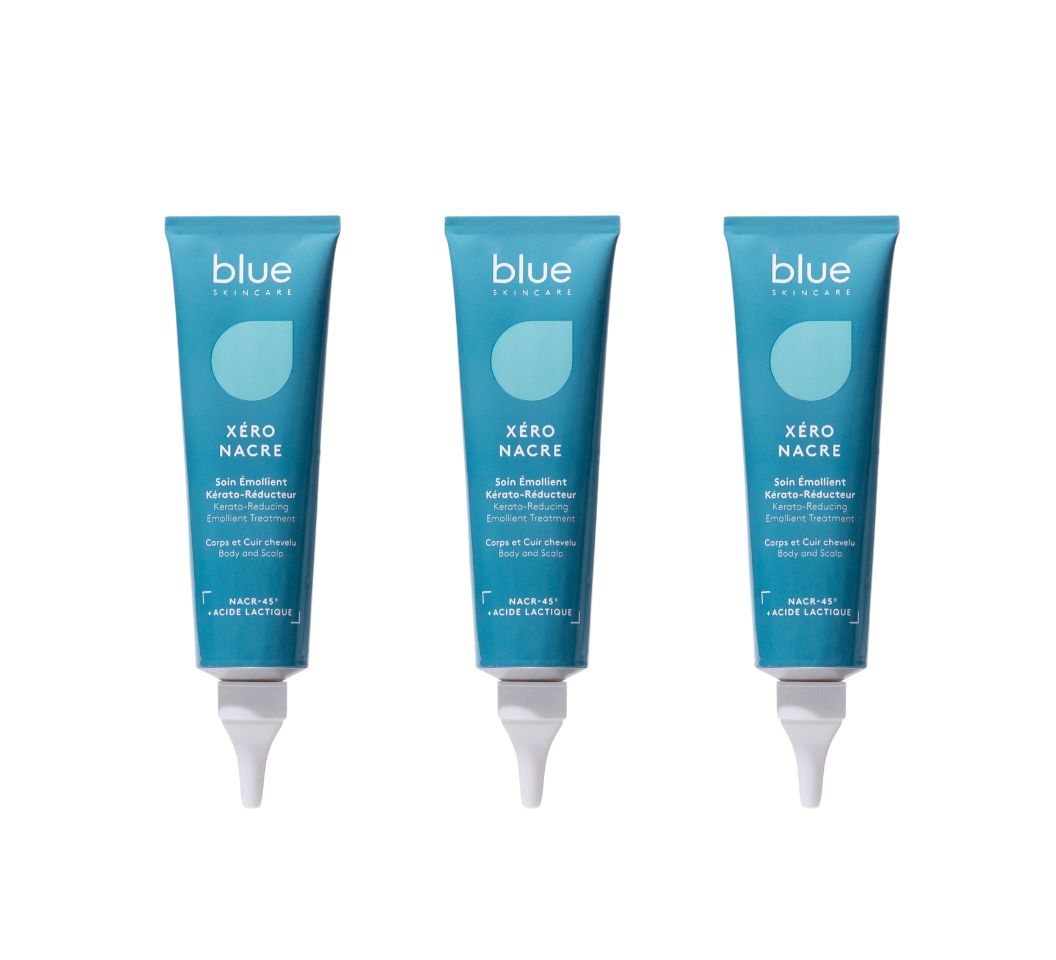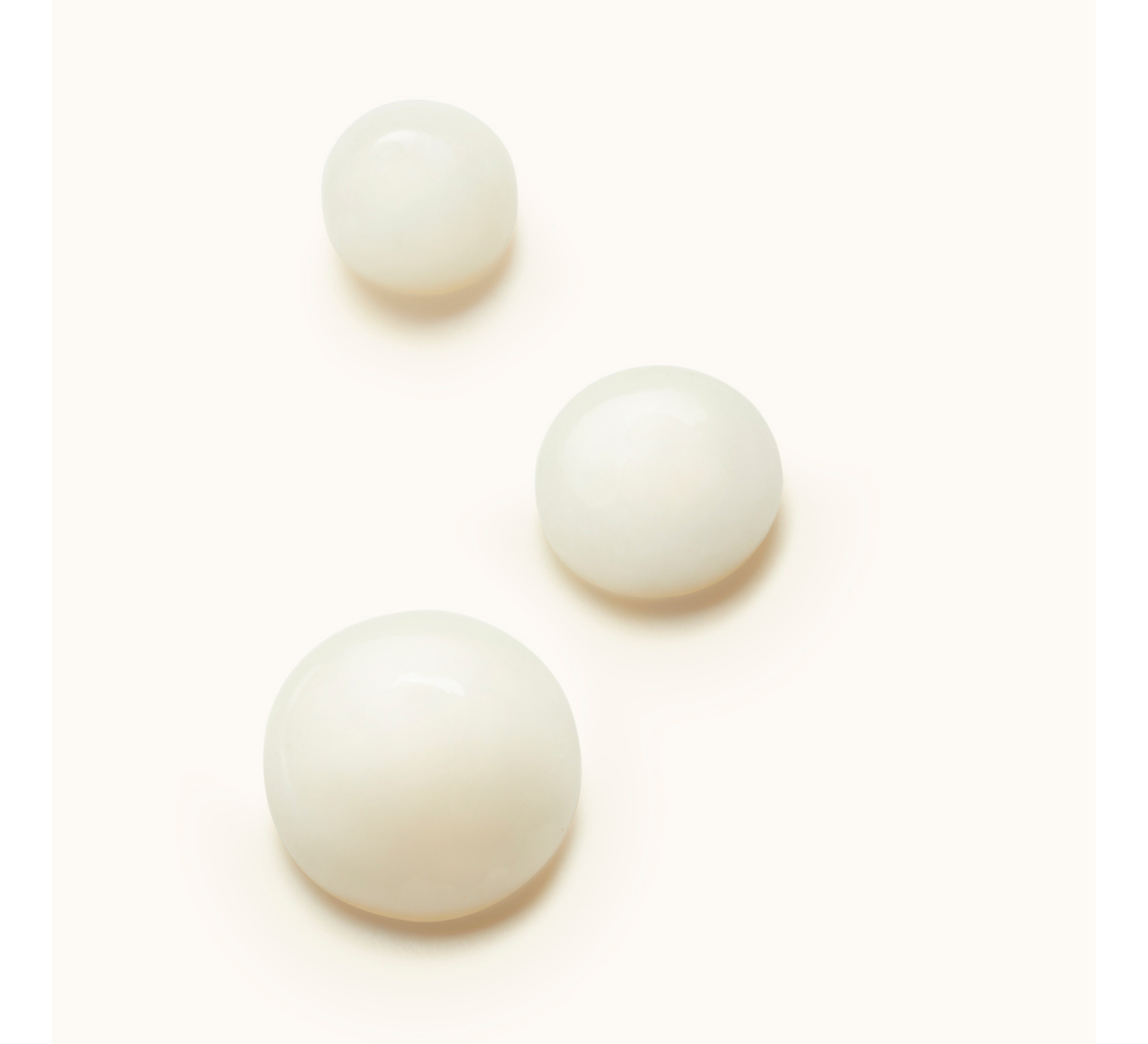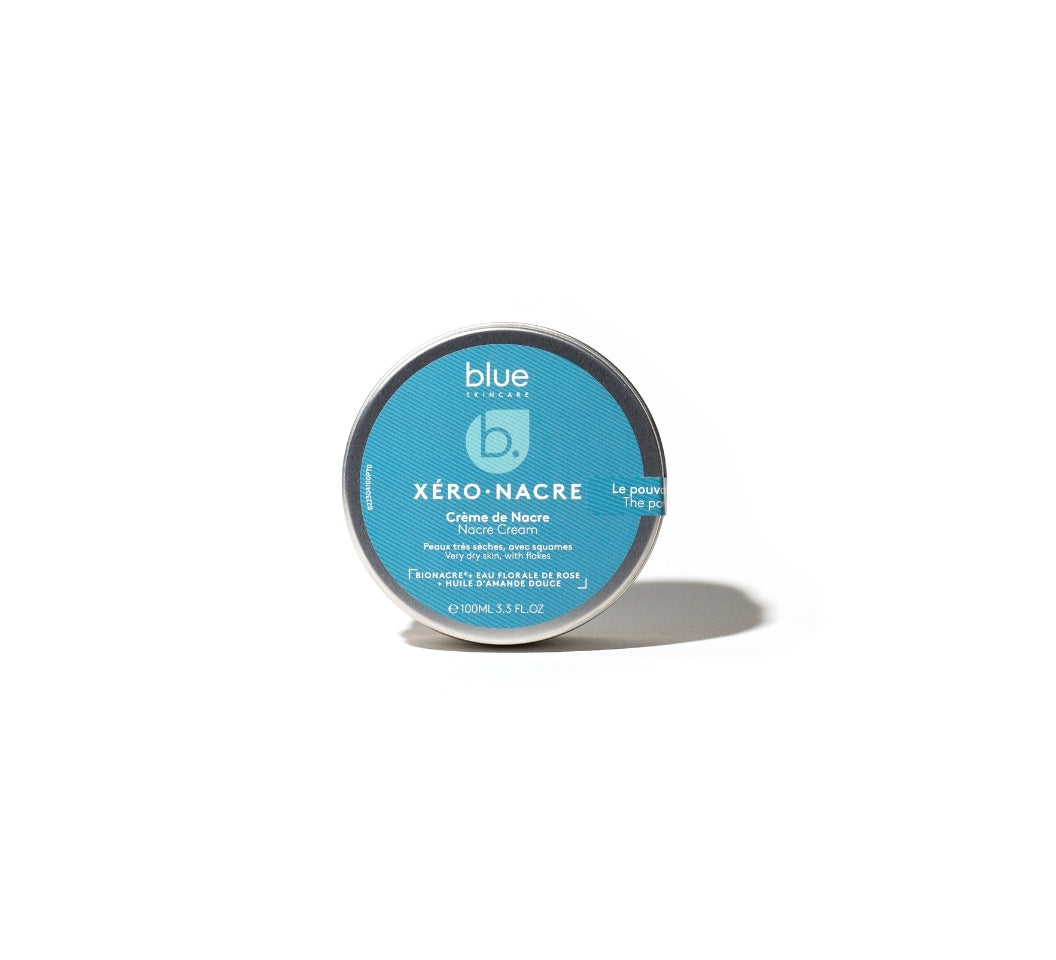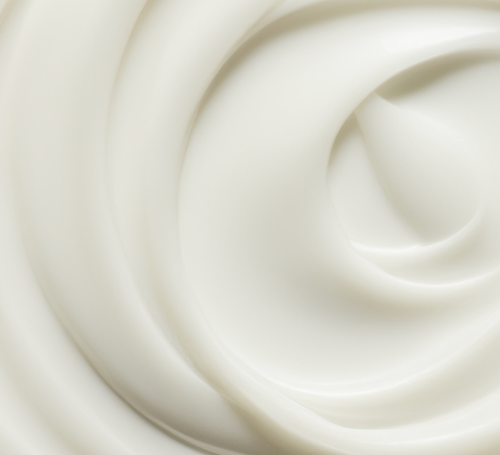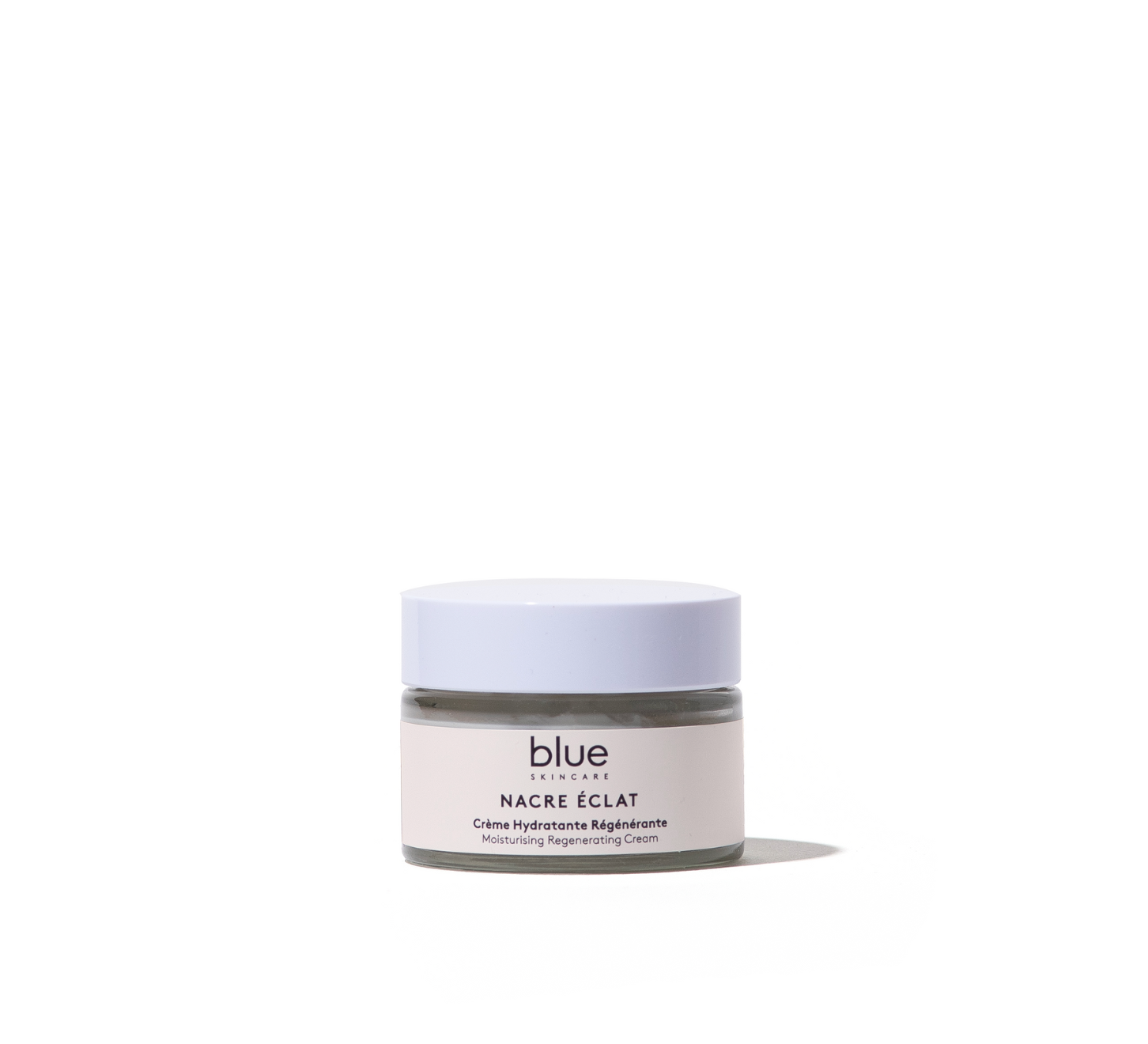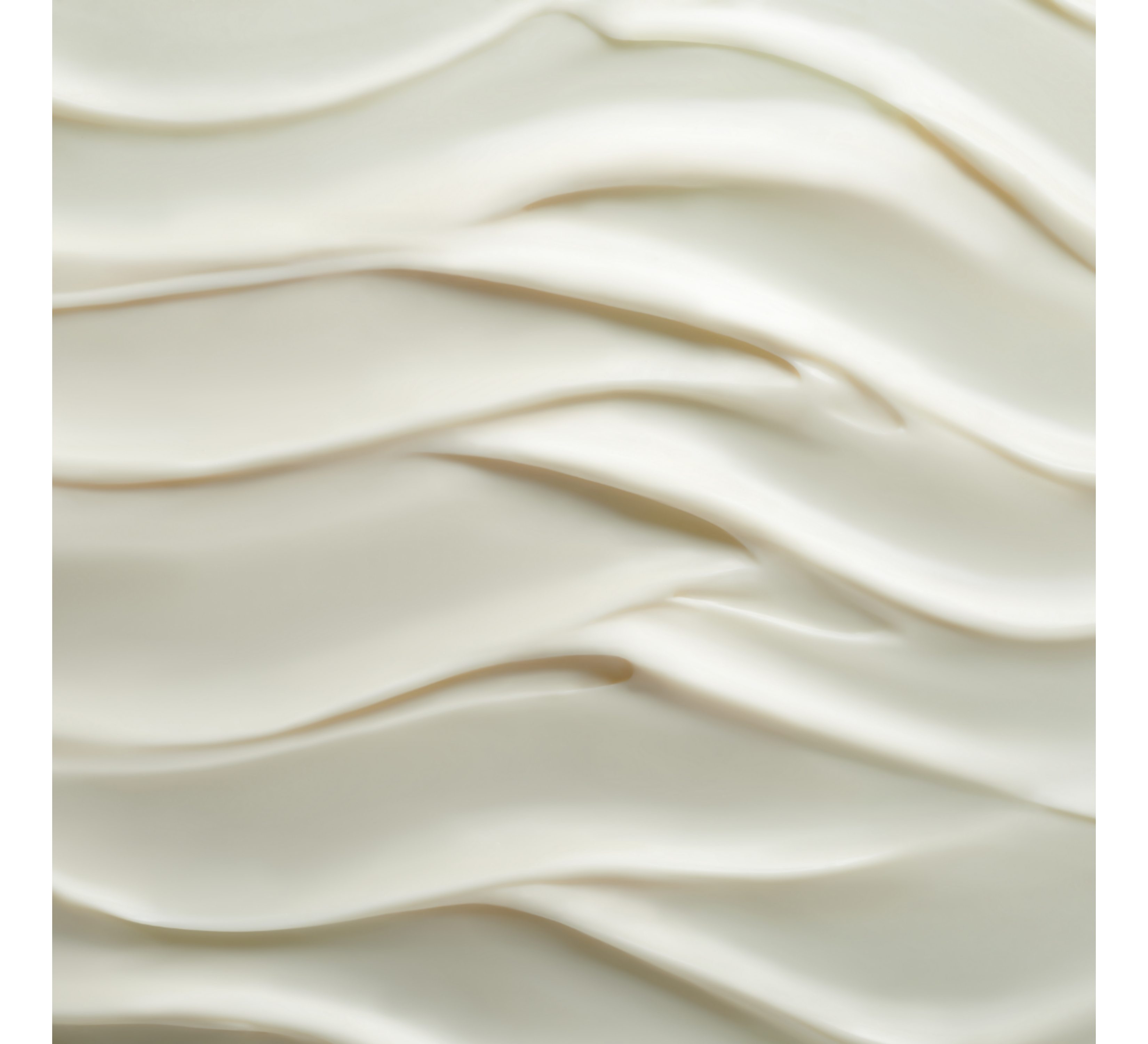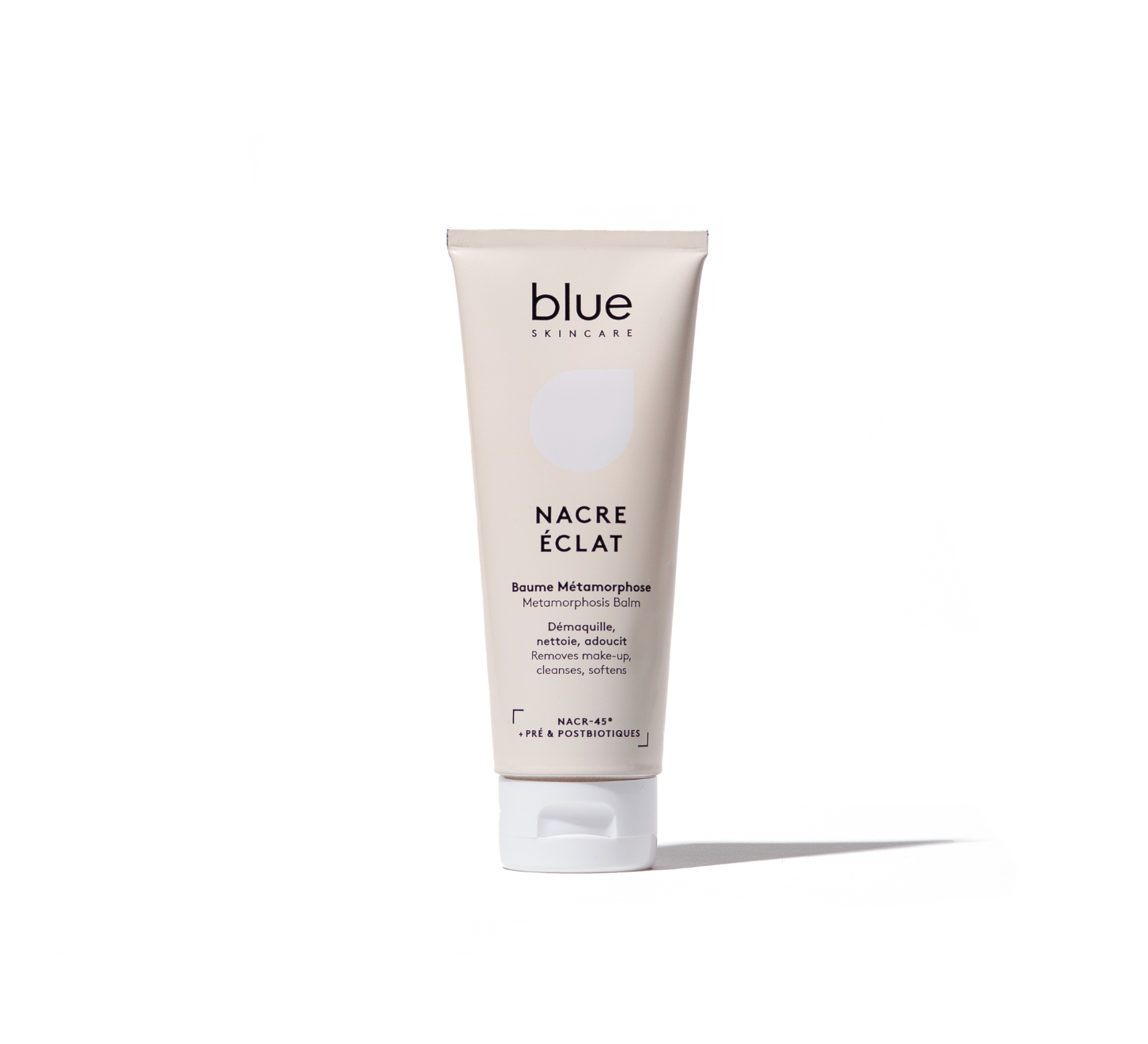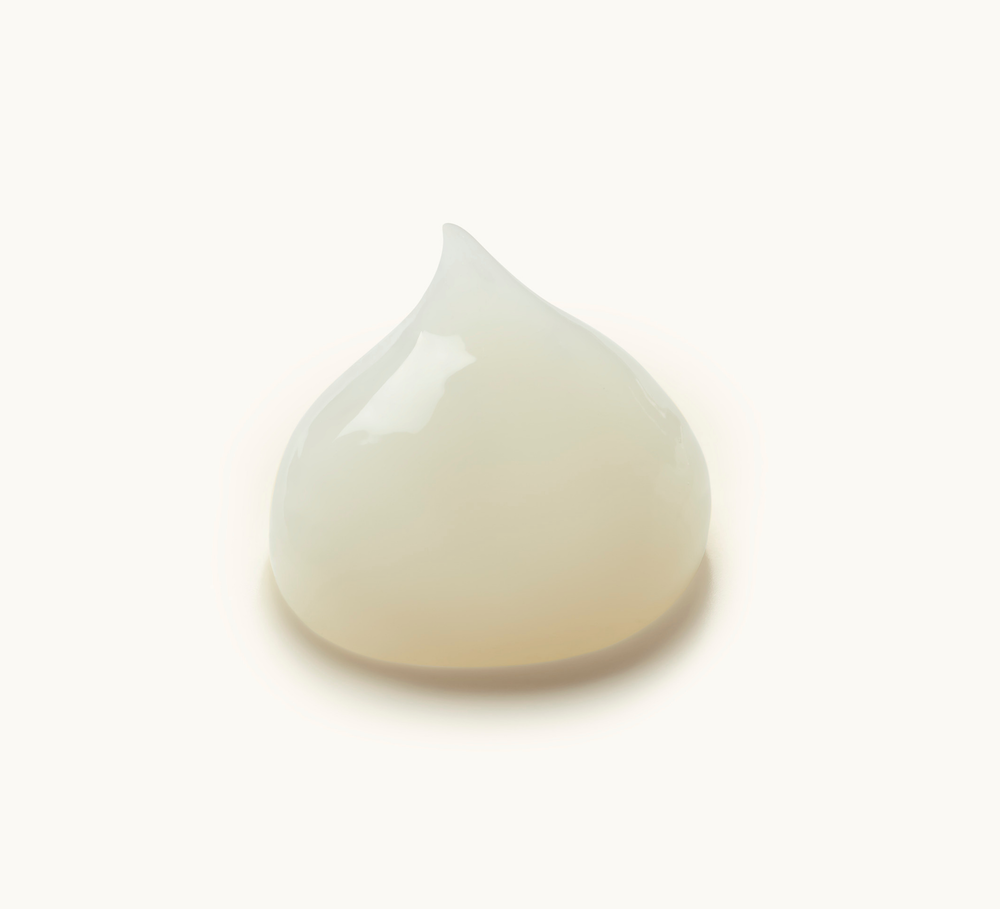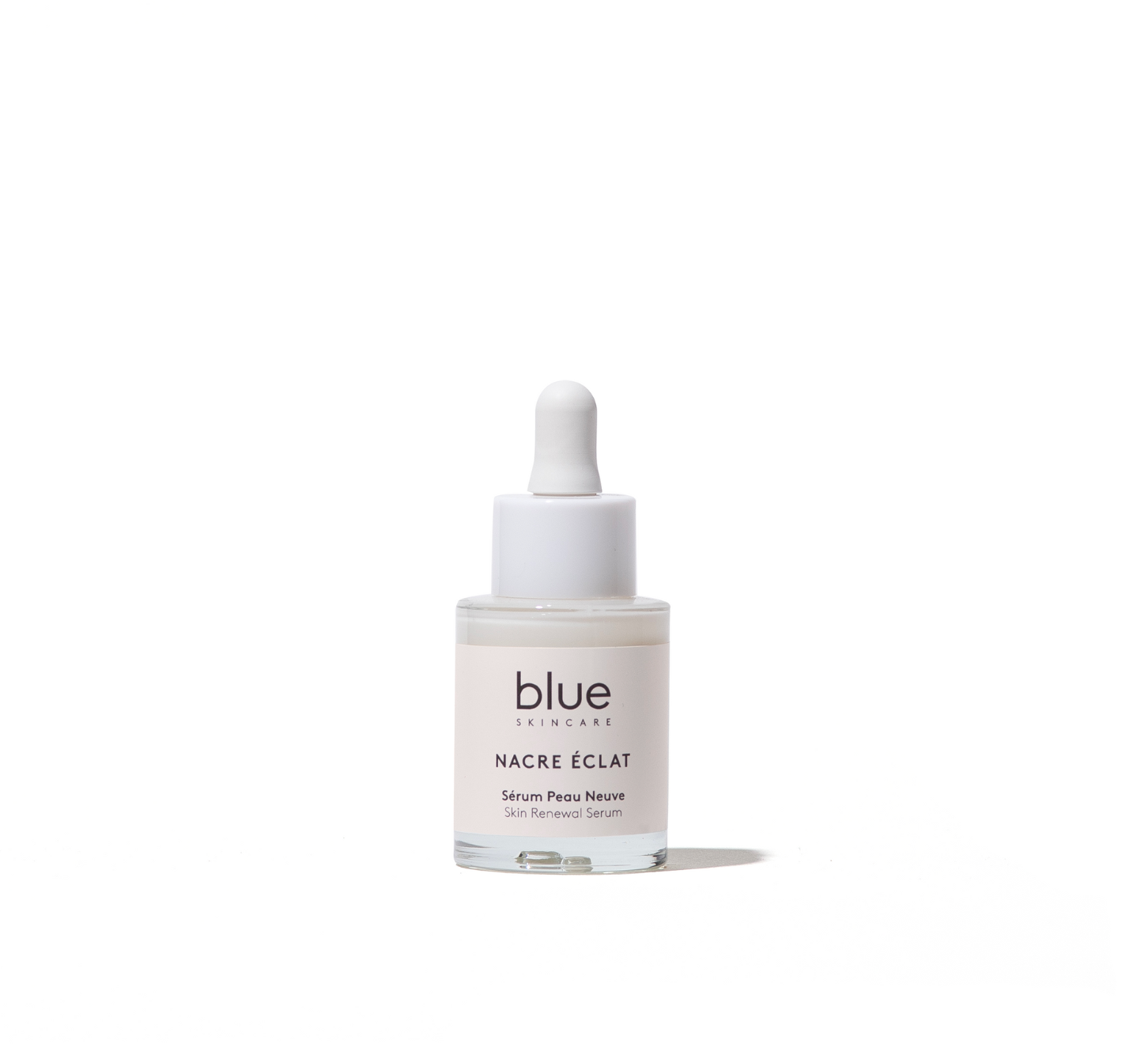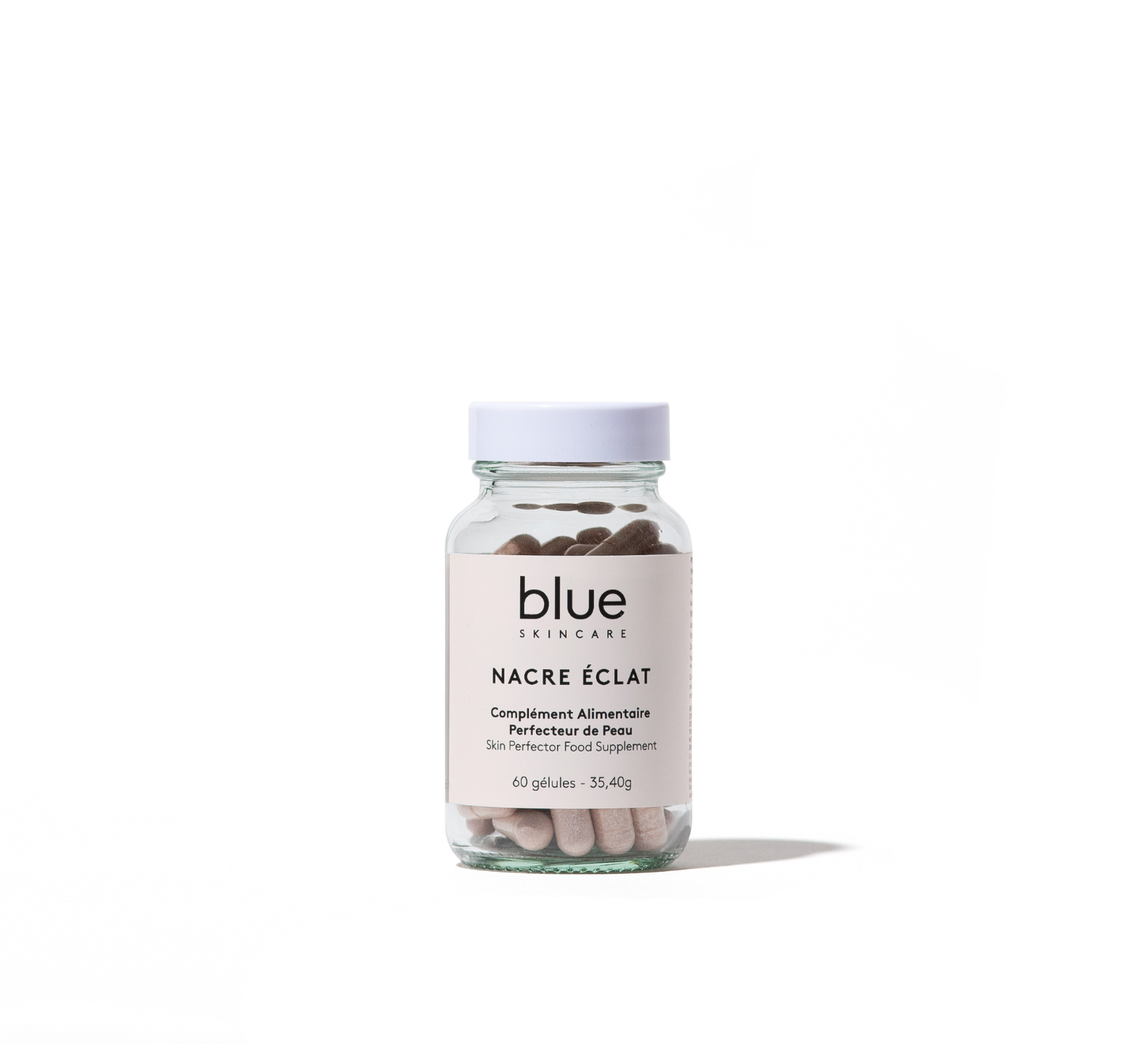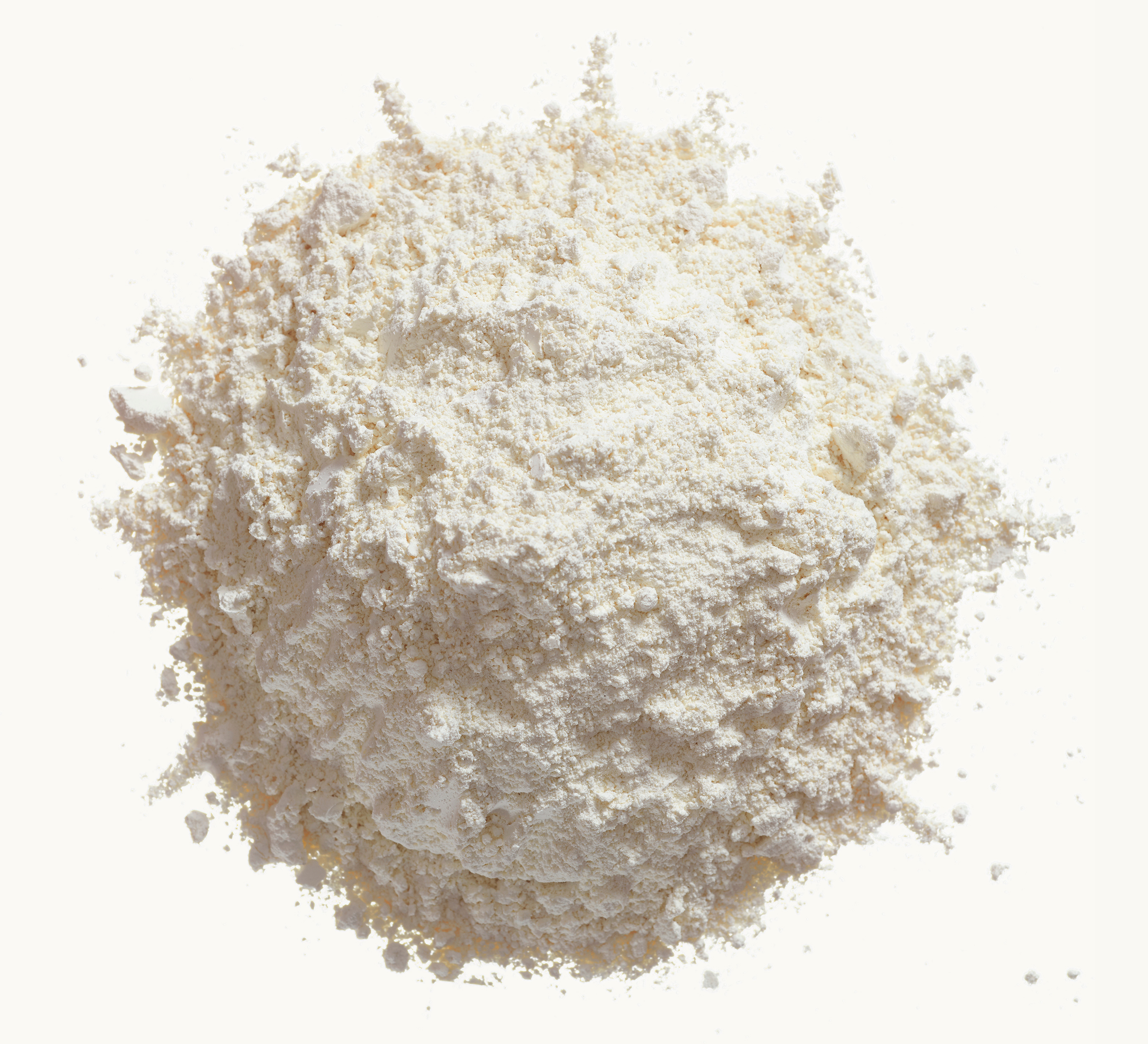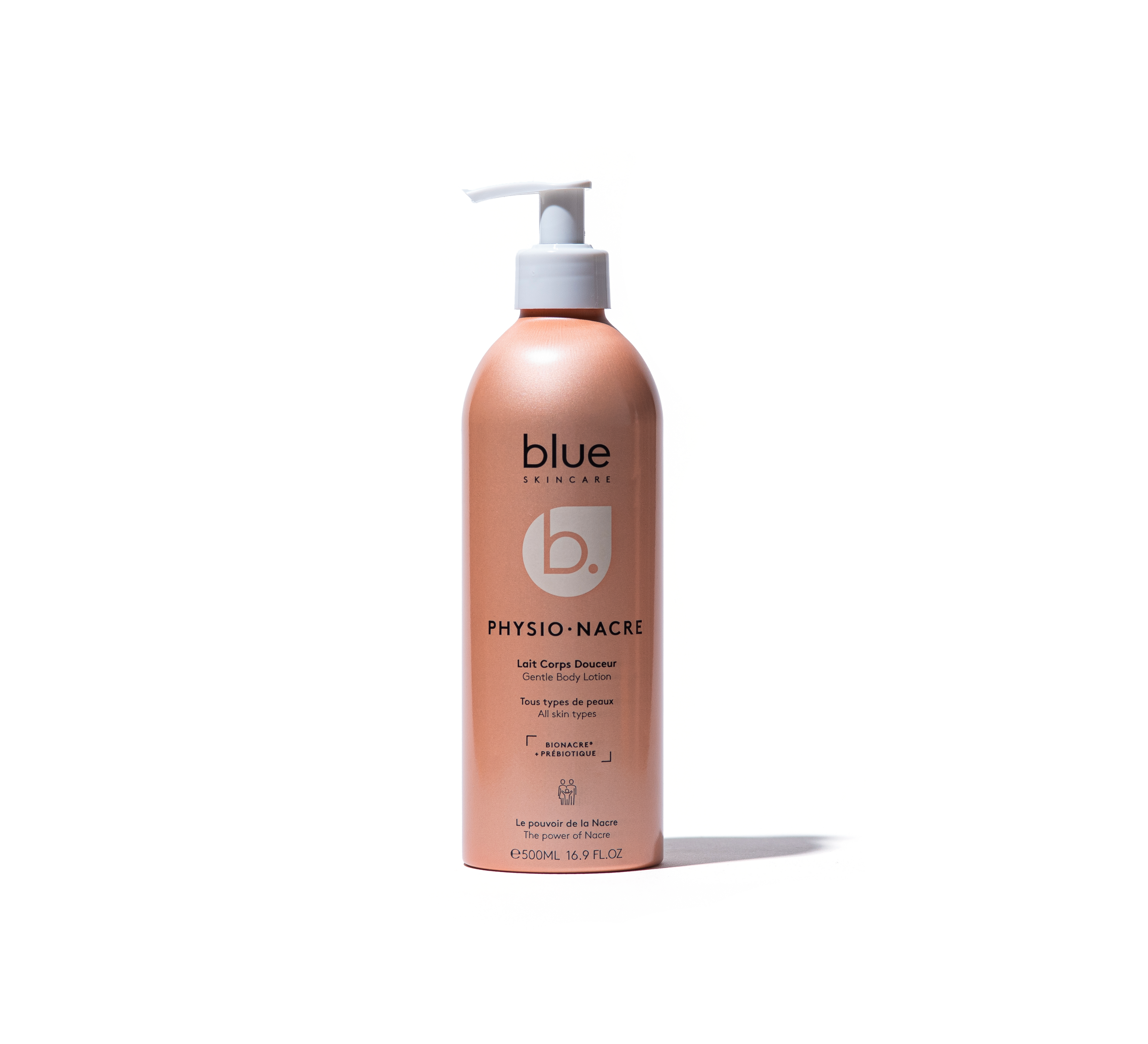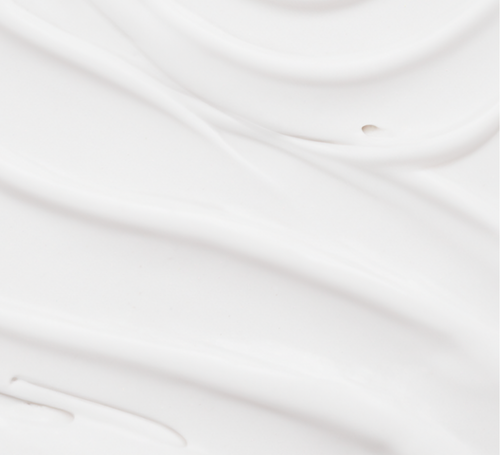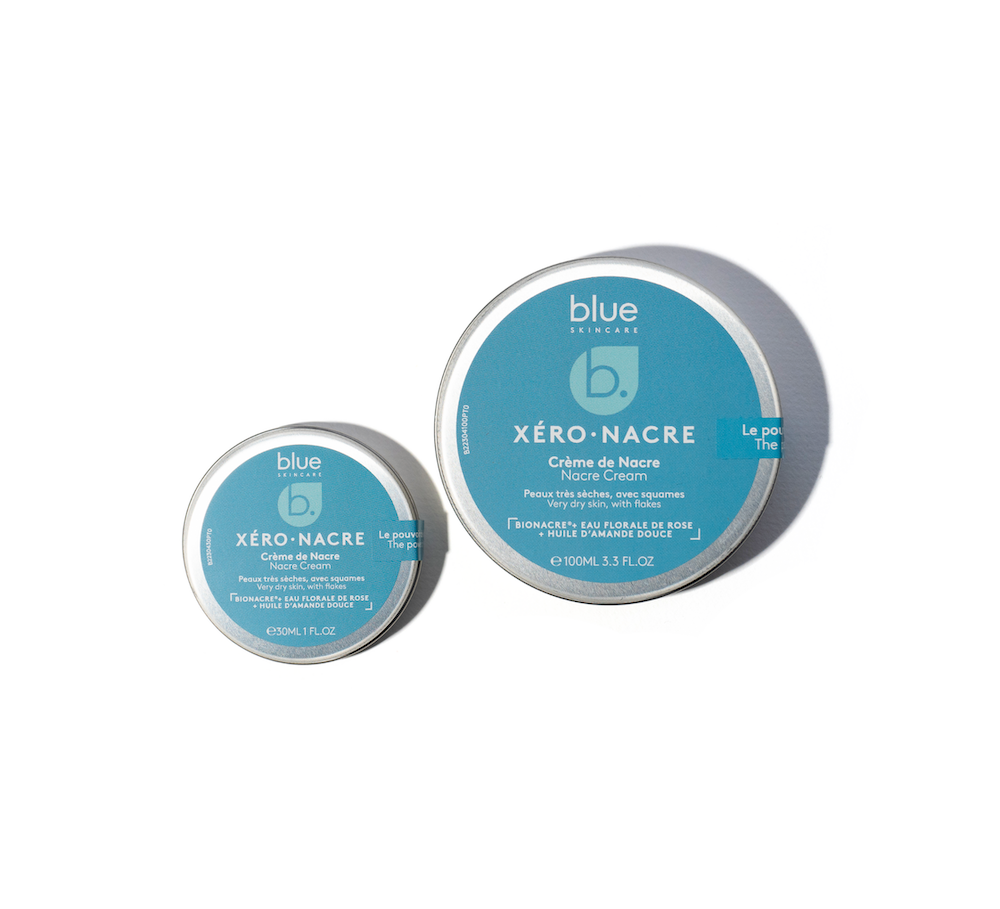First of all, and especially before demonizing fats in all their forms, it is essential to remember that (good) fat... is life!
Why can't we do without fat? Because it is part of the cell wall, in the process of secreting hormones and it provides energy to the brain (in the same way as the sugar we need and, here again, we prefer "good sugar", from plants such as coconut sugar, maple syrup or honey, except for vegans). Sugar is then metabolized in part into glycogen, large sugar molecules constituting energy reserves, and into fat stored in adipose tissue.
About a third of energy intake should come from fat. The stakes are high, all the more reason to choose the right fats!
As a great defender of clean, joyful and vitamin-rich food, Angèle Ferreux Maeght, creator of the Guinguette d'Angèle, has designed a "Masterclass" in which she devotes an entire episode to seasonings and therefore... fats.
A delicious opportunity for her to remind us of the importance of fat in cooking:
“You have to keep in mind that fat allows for good assimilation of nutrients. For example, beta-carotenes are better assimilated if they are associated with fat. Good fat facilitates the penetration of nutrients into cells (the brain, the nervous system function better!), fat is also involved in the production of hormones, it supports the immune system and it is also an anti-inflammatory. And since good fats contain essential fatty acids that the body does not produce, they must therefore be found outside. Finally, fat brings texture and powerful flavors to all cooking!” says the naturopathic chef.
Fat: vegetable or animal?
An important criterion distinguishes animal fats from vegetable fats. The latter, derived from plants, are to be preferred because they contain more unsaturated essential fatty acids. They contribute to the good health of the cardiovascular system. The others, animal, are to be consumed in more moderation because they are mainly composed of saturated fatty acids. These fats represent a major risk for health because they provide bad cholesterol and therefore promote cardiovascular and circulatory pathologies and excess weight.
Remember that there are three types of fatty acids:
- saturated fatty acids (found mainly in red meat),
- polyunsaturated fatty acids (in oily fish),
- monounsaturated fatty acids (in vegetable oils).
An ideal plate would contain about 70% monounsaturated and polyunsaturated fats and only a small third saturated fatty acids.
Green light for vegetable fats!

Yes, because these monounsaturated fats (mostly from vegetable oils) cause much less cardiovascular disease. Good vegetable oils include: camelina oil, walnut oil, coconut oil, grape seed oil, pumpkin seed oil, avocado oil, olive oil.
" All these oils (except olive oil) are sold in small dark glass bottles, they are kept in the refrigerator so as not to oxidize. Because oxidation, like overheating, modifies the molecules which become toxic. This is why we only heat olive oil, coconut oil and clarified butter" reminds Angèle. "Always prefer virgin and cold-pressed oils. And if your oil has gone rancid, throw it away, but it's a good sign, it was totally natural!"
Because of course, manufacturers heat oils strongly and for a long time so that they can be preserved as long as possible, even in ambient air. They are also often "enriched" with chemicals to prevent them from going rancid. And if they do not go rancid, it is not a good sign. In short, real vigilance is required in the choice of oils: virgin, first cold pressing and organic if possible).
Above all, think about varying the oils, sometimes in ready-made blends but of quality and especially without palm oil. Rapeseed and walnut oils are rich in omega 3 while sunflower oil mainly contains omega 6 which should not be abused, to preserve a balance in the intake of good fatty acids.
Red light for animal fats?

Not completely, the orange light would be more appropriate! We slow down but we do not eliminate it completely, unless we are vegan. Butter offers advantages, provided that you choose organic, or from local and fair trade circuits. If you like butter, so much the better because it provides vitamins A and D. But eat about 30 grams per day (about two portions per day, on toast in the morning for example and a small square to let melt on fish or mash), no more because it mainly provides saturated fatty acids which increase the risk of cardiovascular diseases linked to the inflammatory process, generated by bad cholesterol. In addition, we tend to associate meat and cheese which constitutes too high an intake of saturated fatty acids. By gradually replacing animal fats with vegetable fats on a daily basis (butter, with a dash of olive oil for example) we reduce the risk of coronary diseases.
Good fats from the cupboard!
Concretely, to balance your fat intake without complicating your life, opt for a few base oils and a good butter.
- Oils: olive for cooking and, always olive, hazelnut, walnut, flax, camelina, pumpkin seed or grape seed for cold use.
- Fresh, organic or clarified butter, also called ghee. Obtained from butter that is heated to a very low temperature, filtered, we then keep only the fattiest matter, devoid of its water, lactose and milk proteins. Used in Ayurvedic cooking, it is detoxifying, regenerating and antioxidant. Considered very nourishing, it is also said to strengthen the immune and digestive systems. "It is a very good alternative to butter because it does not oxidize and keeps longer!" specifies Angèle Ferreux Maeght. On the other hand, avoid light butters which are just enriched with water and margarines which, with some exceptions, are richer in salt, flavorings and colorings.
- Ban palm oil, which is too rich in saturated fatty acids.
Any ideas for seasoning?
- For your mozzarella tomatoes, opt for olive oil and a pinch of salt, the vinaigrette will be made on its own with the acidity of the tomato, without needing to add vinegar.
- For your green salads, it's a question of flavor, but rapeseed oil alone or combined with olive or hazelnut oil is a good balance.
- On fish taken out of the oven and still hot, a drizzle of olive oil will bring out all its flavors, without having lost any nutrients during cooking.
- For meat cooked in a very hot pan, the fat of the meat will be enough to allow for tasty cooking because, remember, it is the fat of the meat that gives off its flavor! But letting a knob of fresh butter melt on the meat at the end of cooking further enhances its flavor, without changing when in contact with the pan.
- Dare to add a touch of duck or goose fat from time to time. With its lower content of saturated fatty acids than butter, it brings an unrivaled flavor
- Let's move on to dessert! While butter is a must for pastries, you can replace it with blended cashew nuts, almond puree or even avocado if you like these other flavors, or if you are vegan.
Finally, for starters, main courses or desserts, dare to twist your oils. "Combine them with a touch of maple syrup or honey, a dab of almond or hazelnut puree, a teaspoon of coconut milk to vary the tastes and textures! For savoury dishes, always add a little flavour with garlic, onion, cardamom, peppercorns that you combine with turmeric. Finally, never good oils without good vinegars: a real IGP Modena balsamic vinegar, organic cider vinegar for its alkalising effect, a dash of lemon juice rich in vitamin C. In short, have fun!" concludes Angèle.
